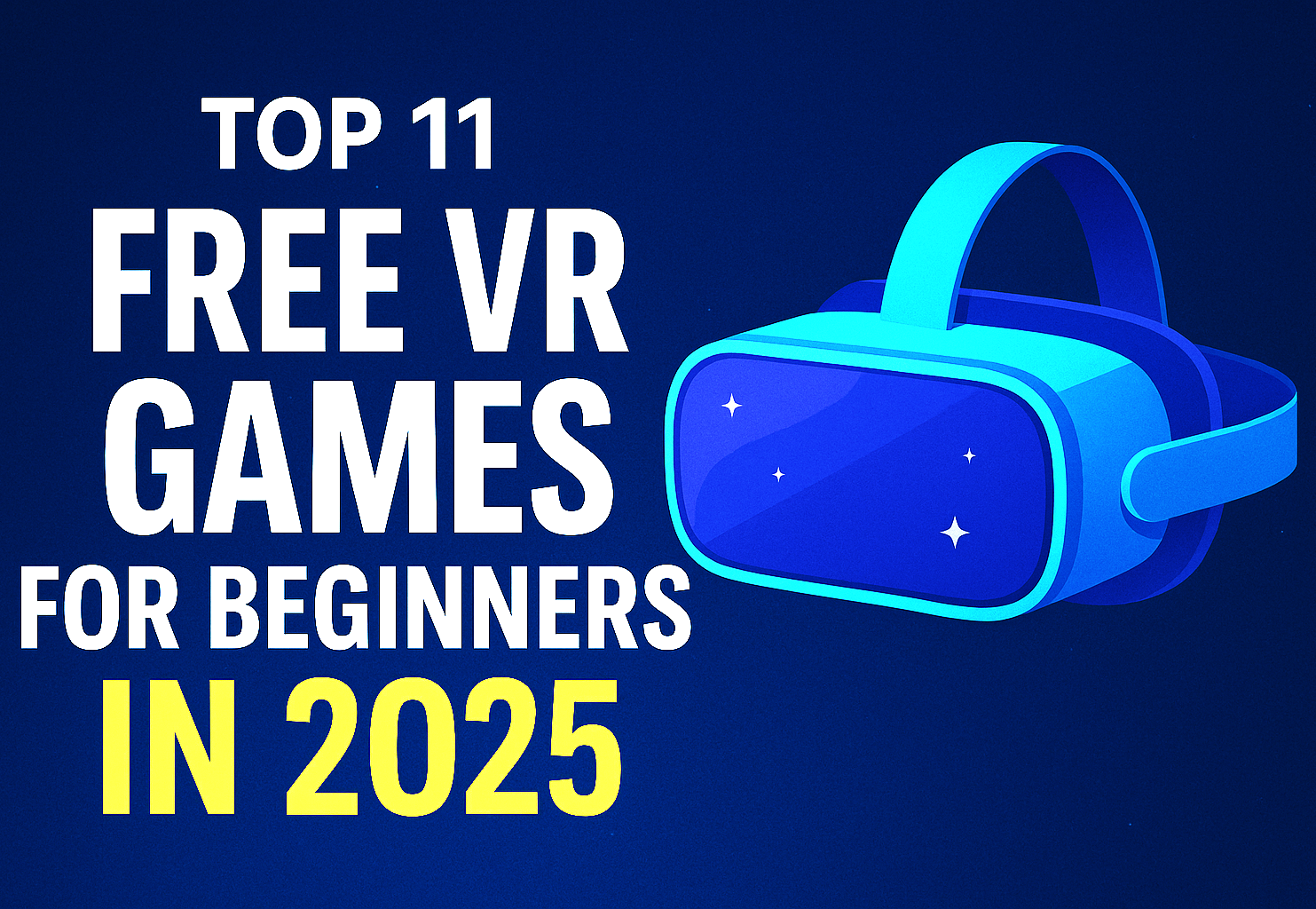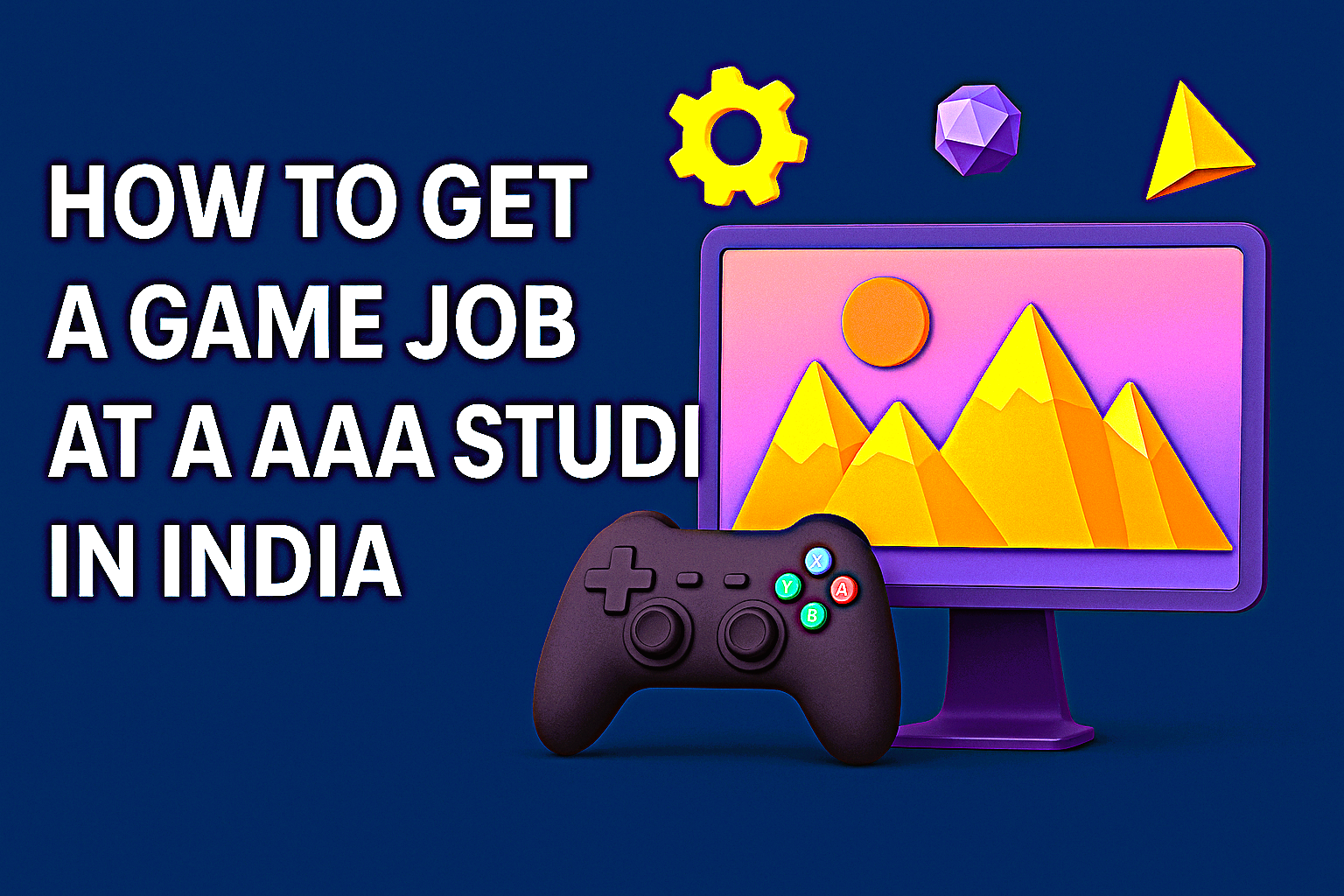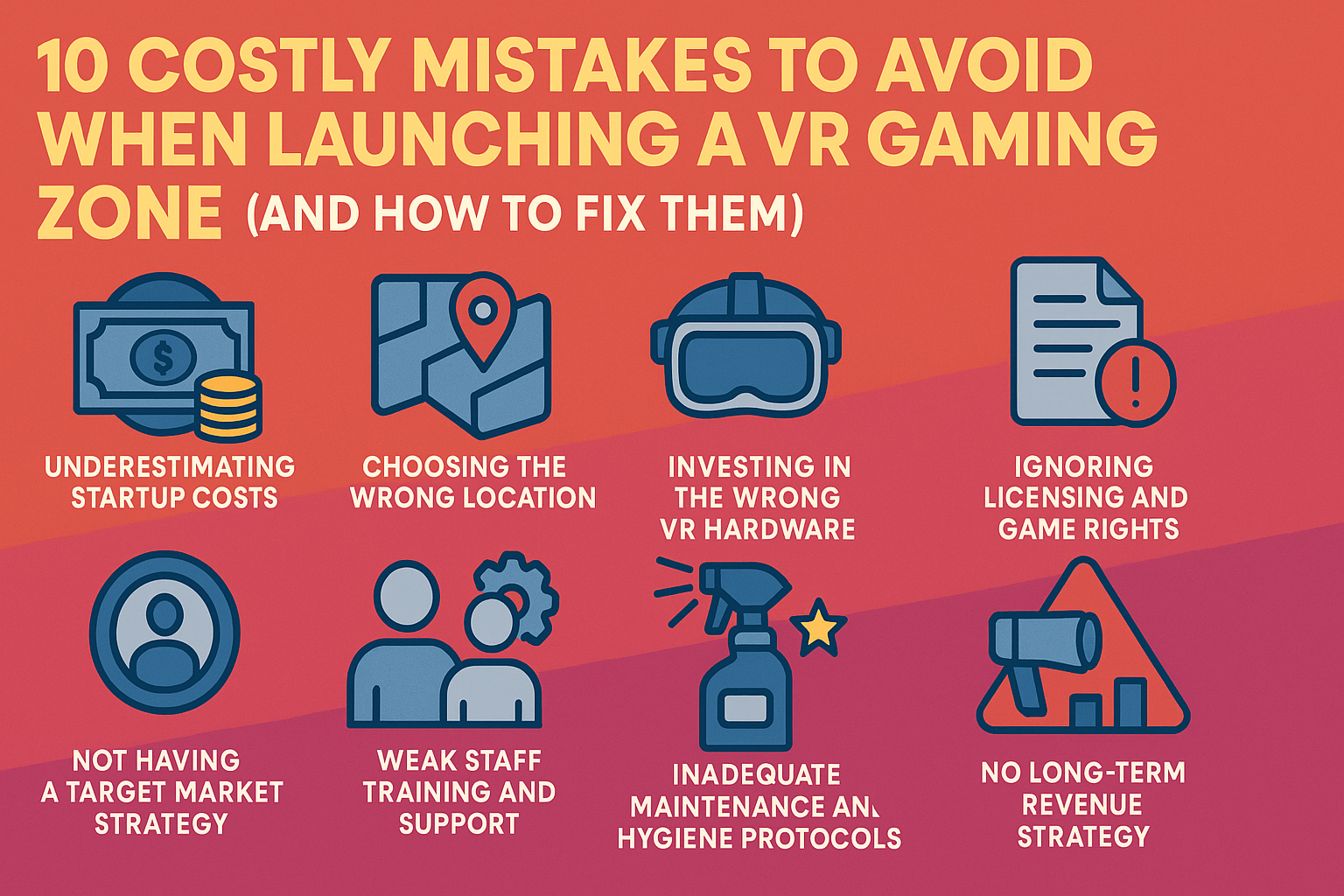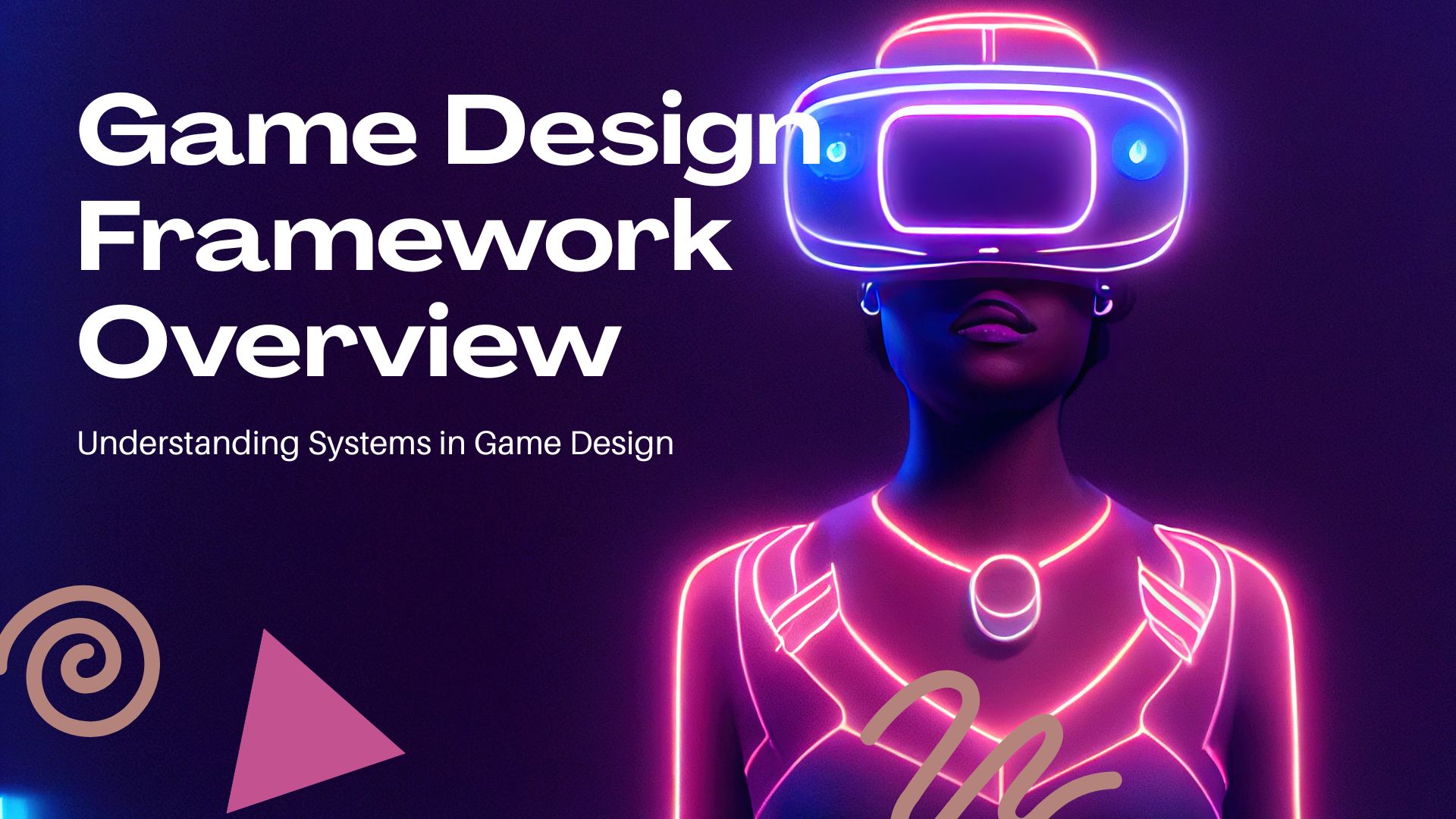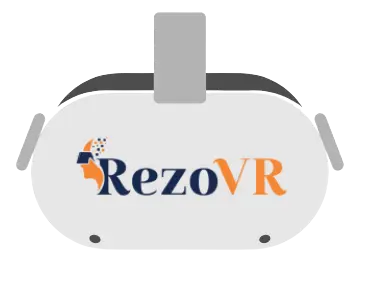Imagine wearing your VR headset and stepping into a digital world. Suddenly, you hear a voice: “Hey, need a hand?” This moment changes everything. It turns solo play into a shared adventure.
Multiplayer VR game development makes games bigger. It turns solo play into a shared experience. Whether it’s a cozy puzzle game or a battle royale, multiplayer adds a community feel.


A Complete Guide to Implementing Multiplayer Functionality in Your VR Game
Key Takeaways
- Multiplayer VR game development bridges players, creating social bonds in immersive worlds.
- Technical strategies in this guide simplify networking challenges for developers of all skill levels.
- Optimized server setups ensure smooth collaboration or competition without lag.
- Photon Unity tools and best practices covered here cut through complex coding hurdles.
- Designing engaging multiplayer modes boosts player retention and community growth.
Introduction to Multiplayer VR Game Development
Virtual reality gaming has grown beyond solo play. Now, developers are creating unity vr multiplayer games that bring players together worldwide. This change turns solo adventures into team-based and competitive experiences.


The Shift from Solo to Multiplayer Experiences
At first, VR games were all about solo exploration. But now, players want to share their adventures. With Unity, studios can add unity vr multiplayer features. This turns static worlds into lively social spaces.
This shift reflects the growing need for real-time interaction and teamwork in gaming.
Benefits of Collaborative VR Gaming
- Enhanced immersion through synchronized player movements
- Increased replay value via dynamic group challenges
- Better social engagement with voice and gesture-based communication
Collaborative VR boosts creativity. Developers using unity vr multiplayer tools can create puzzles that need two players to solve together. Imagine one player navigating a maze while another figures out clues. This teamwork leads to unique stories that only multiplayer can tell.
Understanding VR and Multiplayer Integration
Combining VR and multiplayer needs a balance. It’s about making visuals pop and interactions smooth. Photon Networking helps tackle these challenges.


Success hinges on fast servers and precise data syncing. Developers must make sure everyone’s actions are seen right away. Photon Networking makes this easier with systems for updating objects and handling events.
- Latency Control: Photon optimizes data transfer to reduce delays.
- Sync Precision: Maintains alignment between all users’ virtual spaces.
- Scalability: Adapts to games with varying numbers of players.
Choosing Photon Networking means better teamwork without losing VR’s magic. Use Unity’s VR tools and test often to fix any issues. This way, developers create a strong base for great multiplayer games.
A Complete Guide to Implementing Multiplayer Functionality in Your VR Game
Adding multiplayer to VR games turns solo play into team adventures. The vr multiplayer integration needs careful planning for smooth play. First, plan out the game’s core and tech needs before coding.
Step-by-Step Technical Approach
- Choose a Networking Library: Pick tools like Photon Unity Networking or Unity’s Multiplayer HLAPI for player sync. Test features that need quick responses first.
- Design Server Infrastructure: Use scalable servers from AWS or Google Cloud for real-time data. Choose low-latency areas for players worldwide.
- Implement Synchronization Logic: Write scripts to keep player actions and game states in sync. Use interpolation to smooth out network issues.
- Test Cross-Platform Compatibility: Check controls and physics on headsets like Meta Quest and HTC Vive. Use debug logs to find issues.
- Optimize for Performance: Cut down packet sizes and focus on key updates. Unity’s Profiler helps find and fix problems.
Overview of Best Practices
Follow these tips for a top-notch experience:
- Use an authoritative server to stop cheating.
- Add spatial audio cues for better awareness in multiplayer.
- Include latency feedback, like ghosting, to keep players immersed.
- Keep clients updated with server-authoritative state snapshots.
Players do best when interactions are quick and fair. Make sure every update is consistent.
Technical Foundations for Multiplayer VR
Understanding the technical side of multiplayer VR is key. It ensures players can interact smoothly. Knowing how data travels across networks is a good start.
Networking Protocols Explained
Choosing the right protocol is important for low latency and fast data delivery. UDP is great for fast VR apps, but TCP is better for ensuring data is correct. Many tutorials suggest using both for the best results.
- UDP: Fast, ideal for positional tracking and movement
- TCP: Reliable for critical updates like inventory or chat
- WebSockets: Real-time server-client communication
Building a Robust Server Architecture
Scalable servers are essential for smooth gameplay with many users. Use cloud services like Amazon AWS or Microsoft Azure to handle big traffic. Load balancers help spread out requests, avoiding crashes.
Adding redundancy and encryption keeps data safe. Use tools like SteamVR diagnostics to check latency. Keeping it under 100ms ping is important. By focusing on these areas, you can overcome technical hurdles and create great multiplayer experiences.
Optimizing Performance in Multiplayer VR Environments
Smooth gameplay in multiplayer VR depends on vr game optimization. It’s about finding a balance between great visuals and fast action. Developers need to cut down on lag and make the game more responsive.
- Reduce polygon counts and use LOD (Level of Detail) systems to lower rendering loads without sacrificing visuals.
- Implement occlusion culling to eliminate invisible objects from processing, freeing up system resources.
- Optimize texture sizes with compression algorithms to cut data transfer times between servers and clients.
- Test network latency regularly and deploy reliable protocols like UDP for real-time updates to ensure synchronized gameplay.
“Optimizing multiplayer VR isn’t just about code—it’s about balancing every system to keep players immersed, not interrupted.”
Regular stress testing with tools like Unity’s Profiler shows where the game slows down. By focusing on vr game optimization early, developers can avoid problems as more players join. Tools like NVIDIA Nsight or Open 3D’s analytics help find issues quickly.
Make adjustments to asset sizes, physics, and server loads to keep the game smooth. This way, complex multiplayer games become enjoyable and fast.
Implementing Photon Unity Networking for VR
Photon Unity Networking is key for adding multiplayer to VR games. It makes multiplayer networking in unity easier by managing connections and data. It turns solo VR games into shared adventures.
Setting Up Photon in Your Project
First, install Photon Unity Networking from the Unity Asset Store. Here’s how:
- Import the Photon package and enable needed features in your project settings.
- Create a Photon Cloud account for server hosting and API keys.
- Set up room settings for player limits, lobby types, and custom properties.
Troubleshooting Common Photon Issues
Even with a good setup, problems can happen. Here’s how to fix them:
- Connection Errors: Check your internet and Photon Cloud dashboard status.
- Desync Issues: Use Photon’s debug tools to find out-of-sync objects.
- Latency Problems: Reduce update rates and data payloads for networked objects.
Photon Unity Networking has detailed guides and forums for help. Test on different devices for smooth multiplayer networking in unity. Listen to user feedback to improve your VR multiplayer game.
Unity VR Multiplayer: Integration and Setup
Starting a Unity VR multiplayer game means setting up the core networking. This ensures your game runs smoothly by cutting down on lag and improving sync. First, turn on networking in Unity’s editor. Then, add Network Identity to player objects.
- Set up network transport to focus on fast data transfer and low latency.
- Use object pooling for objects that spawn often to cut down on memory use.
- Opt for sending only key data like position and rotation, not the whole object.
- Test with many devices at once to find and fix sync issues.
“Network optimization isn’t just about code—it’s balancing server load and client-side rendering without compromising immersion.”
Keep an eye on bandwidth with Unity’s Profiler tool. Turn off physics for non-local players to boost vr game performance. Load assets asynchronously to avoid freezing during play. Stress test with 10+ users to check stability. Aim for a balance between looks and fast action.
Designing Engaging Multiplayer Experiences
Creating great multiplayer VR games is all about finding the right mix of teamwork and competition. Photon Unity Networking (PUN) makes it easy to connect players in real time. This is key for both working together and competing against each other.
“The best VR multiplayer moments arise when mechanics demand both teamwork and individual skill.” – Alex R., Lead VR Game Designer
First, decide on the core interactions. For games that need teamwork:
Collaborative Gameplay Strategies
- Shared Goals: Create tasks that everyone must work on together, like solving puzzles where each player has a special role.
- Role Specialization: Give each player a unique role, like one person navigating and another talking through VR voice chat, to foster teamwork.
- Progress Tracking: Use PUN to keep everyone’s goals in sync in real time, so everyone knows what’s happening instantly.
For games that are all about competition, focus on fairness and clear rules:
Competitive Multiplayer Tips
- Make sure challenges are fair for everyone, like starting with the same resources, to keep the game balanced.
- Use PUN to manage leaderboards and scores, making sure everything is smooth and fair.
- Test how teams are matched to make sure it’s fair and fun for everyone.
Remember, while tech like PUN is important, it’s creativity that really makes a game shine. Let your game’s mechanics guide your design, not the other way around.
Ensuring Cross-Platform Compatibility in VR Multiplayer
Cross-platform play is essential for growing your game’s audience. Players use various headsets like Oculus Quest, HTC Vive, or PC VR setups. A strong multiplayer VR architecture must work well with these devices without losing performance.
- Test input methods: Trackers, controllers, and hand gestures must work across platforms.
- Sync physics and animations: Ensure movements look the same on all hardware.
- Optimize latency: Reduce delays for users on Wi-Fi vs. wired connections.
Use tools like Unity’s Mirror or Photon Networking to connect different systems. Create modular code so features like room-scale tracking work on all devices.
“Our team spent 30% of dev time on cross-platform testing—it paid off with a 45% wider player base.” – VR Game Studio Lead, Survios
Begin with basic specs: Design core mechanics for the lowest common denominator hardware. Then, add features specific to each platform. Regular stress tests with mixed-device groups catch issues early. Listen to user feedback to improve your multiplayer VR architecture step by step. Players expect smooth play on PC, console, or standalone headsets.
Security and Scalability in Multiplayer VR Games
When building vr multiplayer best practices, security and scalability are key. Protecting user data and handling traffic spikes is essential. This ensures smooth gameplay for all players.
Implementing Data Protection Measures
Begin with encryption for all user communications. Use HTTPS and AES-256 to protect sensitive data. Also, update authentication systems to block unauthorized access.
Platforms like Unity’s Mirror Networking have built-in security tools. These tools help safeguard player identities.
Managing High Traffic Loads
Scalability needs smart server management. Use cloud services like AWS or Google Cloud to manage traffic spikes. Load balancers like NGINX can distribute users across servers, preventing lag during busy times.
“A secure and scalable backend is the backbone of thriving multiplayer VR communities.”
- Use firewalls to block malicious traffic
- Implement rate limiting to prevent DDoS attacks
- Test server capacity under simulated peak loads
Regular security audits and auto-scaling infrastructure keep your game stable. As your player base grows, these steps turn risks into opportunities for seamless, immersive multiplayer experiences.
Best Practices for Multiplayer VR Game Optimization
Optimizing multiplayer VR games is key to smooth interactions and keeping players hooked. Begin by focusing on multiplayer VR game optimization from the start. Test latency on all hardware to avoid delays that ruin the experience.
- Use dedicated servers to cut down lag and stop cheating.
- Adopt Photon Engine or Unity’s networking tools for reliable syncing.
- Limit network data—compress player movements and only send key updates.
- Do stress tests with 50+ users to find performance issues.
- Enable adaptive bitrate streaming for mobile VR headsets.
Collect player feedback during beta testing regularly. Fix desync errors right away—they can ruin the experience faster than any bug. Use Unity Profiler to balance visuals and performance.
“Optimize for the worst hardware first. If it runs smoothly on entry-level systems, it’ll excel on high-end setups.” – VR Dev Summit 2023
Update matchmaking systems every week to keep player skill levels balanced. Focus on physics syncing in co-op games to avoid object glitches. Keep voice chat latency under 200ms for natural conversations. These steps make a multiplayer VR game unforgettable.
Conclusion
Adding multiplayer to your VR game makes it more exciting. Players can connect and compete in a dynamic space. This guide showed you how to choose the right tools, set up servers, and ensure everyone can play together.
It’s important to focus on making games fast and secure. By doing this, you can create experiences that are truly immersive. This makes your game stand out from the rest.
Some key points to remember include building servers that can grow with your game. Make sure your game works well across different platforms. Also, keep your game fast and secure.
Unity’s multiplayer plugins and strong security measures are great tools. They help keep your game safe and your players happy. Every choice you make affects how players experience your game.
It’s time to put these tips into action. First, check how your game is set up. Then, add multiplayer features bit by bit. Whether you’re making puzzles or competitive games, focus on making it fast and easy to use.
The future of VR gaming depends on smooth multiplayer experiences. Use the tools and knowledge from this guide to make your game a hit.
FAQ
What is multiplayer VR game development?
Multiplayer VR game development means making games where many players can play together in a virtual world. This makes games more fun by adding teamwork and competition. It makes the experience more real and exciting.
How do I integrate multiplayer functionality in Unity?
To add multiplayer to Unity, use Photon Networking. First, set up your project with Photon. Then, create player prefabs and handle network events. Tutorials on Unity’s site can guide you through this.
What are the best practices for VR multiplayer architecture?
For good VR multiplayer design, have a solid server setup and use bandwidth wisely. Keep interactions fast by using smart network techniques. This helps keep the game smooth and fun.
How can I optimize performance in a multiplayer VR environment?
To improve VR game performance, cut down on unnecessary graphics and optimize models. Use smart network data handling to make the game run smoothly. This makes the game more enjoyable for players.
What troubleshooting steps should I follow when using Photon?
When fixing Photon issues, first check your network settings. Make sure Photon Server is set up right. Also, ensure player objects are created correctly and handle disconnections well.
How can I design engaging multiplayer experiences in VR?
To make multiplayer VR games fun, add teamwork and rivalry. This balance keeps players interested and enjoying the game more.
What are some common security measures for multiplayer VR games?
For safe multiplayer VR games, use encrypted data and check user input to stop cheating. Also, have secure login systems. These steps protect the game and players from harm.
How do I ensure cross-platform compatibility in my VR game?
To make your VR game work on all devices, test it on many platforms. Use tools like Photon that work on different systems. Make sure UI fits all screens well. This ensures a smooth experience everywhere.
What resources are available for learning multiplayer VR game development?
There are many ways to learn about multiplayer VR game development. Online courses, Unity’s docs, Photon tutorials, and forums are great resources. Joining VR communities can also offer helpful advice and support.

